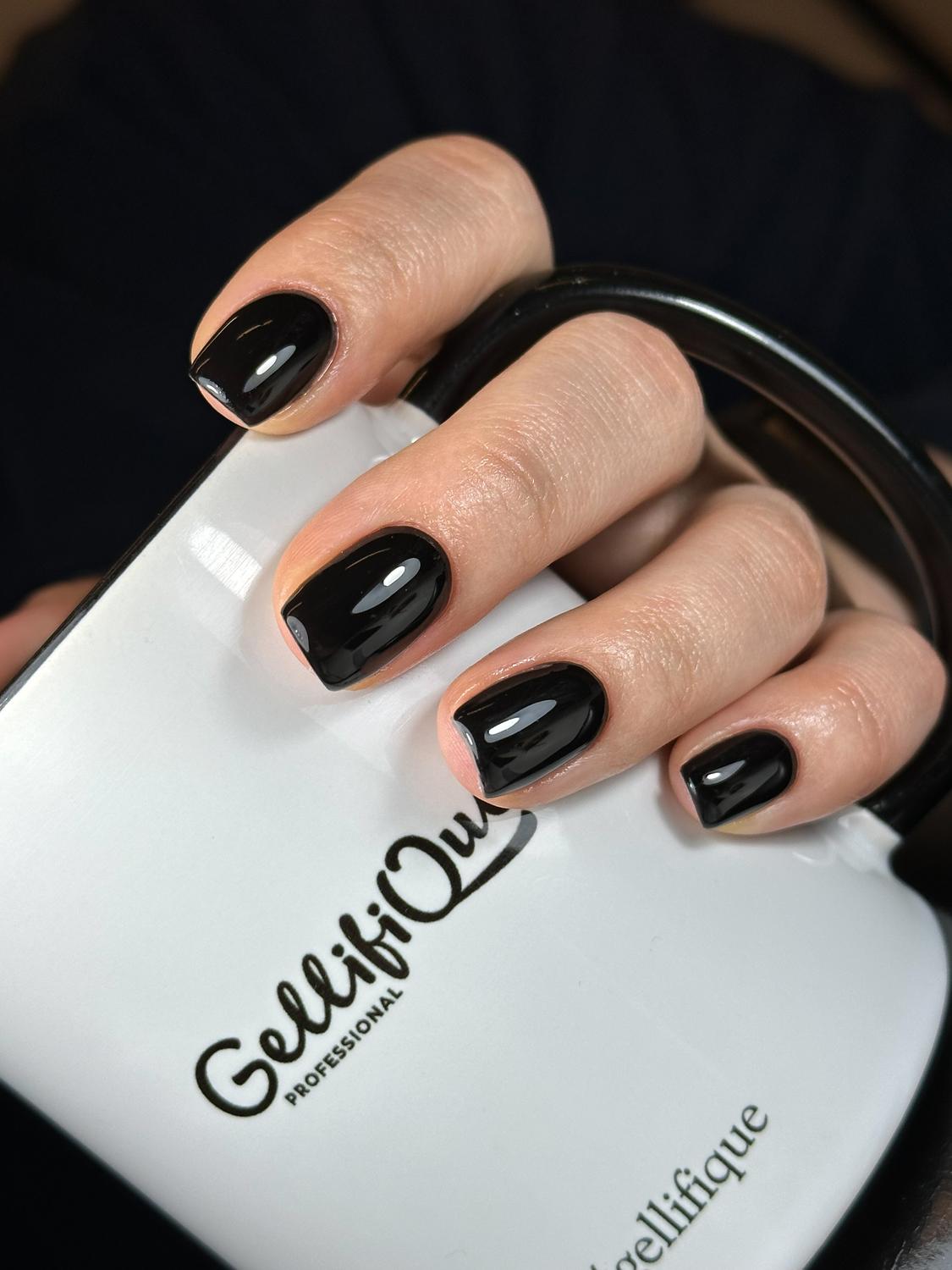All About our Top Coats
Navigating the ever-expanding landscape of the nail industry and its myriad of innovative products can feel like exploring uncharted territory. Liquid Polygel in a Bottle, Colored Top Coats doubling as builders – the list goes on. While brands chase after the latest trends, we remain steadfast in our commitment to quality. With over a decade of production experience under our belt, we've learned one thing: the three-phase gel system—base, color coat, and top coat—has stood the test of time since the 90s.
As the industry dabbled in all-in-one systems like one-step or two-step gel polish colors, we witnessed an uptick in curing issues.
Today, we're shining a spotlight on top coats, the third step in any gel system that needs to be just right. How can you, the customer, distinguish a good one without following an influencer's advice!? Beyond the obvious factors like gloss, longevity, and texture, our top coats stand out for reasons that extend beyond the surface gloss.
The Hardworking Gel Top Coat
-
A UV-enhanced top coat ensures that your colors don't fade with sun exposure, from orange to yellow, for example. However, only a truly exceptional one will avoid altering your colors themselves by adding a blue tint to darker shades or yellowish hues to white.
-
Hardness and viscosity—these two elements significantly impact your application and wear. In our products, these elements are meticulously measured by specialised equipment to ensure they provide good flow control during application while still allowing for smooth and even coverage on the nail surface. They do not crack during wear and reduce chipping.
-
Self-leveling properties are also crucial in a top coat to quickly mask any imperfections.
Watch our latest IG reel to learn more about our two Top Coat Options.
How to Avoid Bubbling
With lower viscosity products such as UV/LED gel top coats, bubbling can occur as the product allows the flow of air. Consistently dipping the brush in and out of the bottle during application, can introduce oxygen into the product, leading to the formation of bubbles.
Another contributing factor to bubble formation is improper application technique, particularly when working with the tip of the nail brush at a 90-degree angle and applying excessive pressure.
Several environmental factors may exacerbate bubbling or crystallisation:
- High humidity or temperature fluctuations can disrupt the curing process and contribute to the formation of bubbles. It is essential to ensure your workspace is well-ventilated and maintained at a consistent temperature to minimize these effects.
- Insufficient curing is a common issue that can result from using a lamp that is not operating optimally. If the top coat becomes less glossy or the gel appears slightly softer as you begin to file or refine your enhancement, it may indicate that the lamp needs to be replaced or serviced.
Working with Dark Gel Polish Colours
A good trick to enhance wear and prolong gloss on dark gel polish colours is to remove the tack off the gel polish colour after polymerisation and before top coat application.
